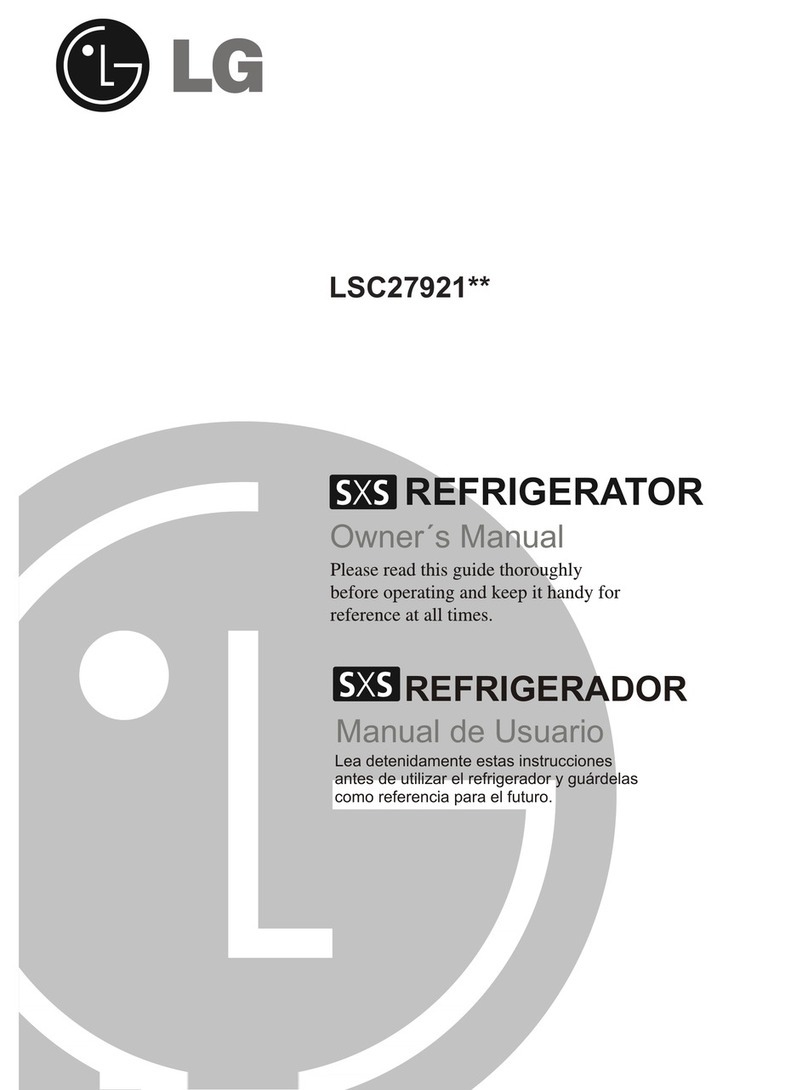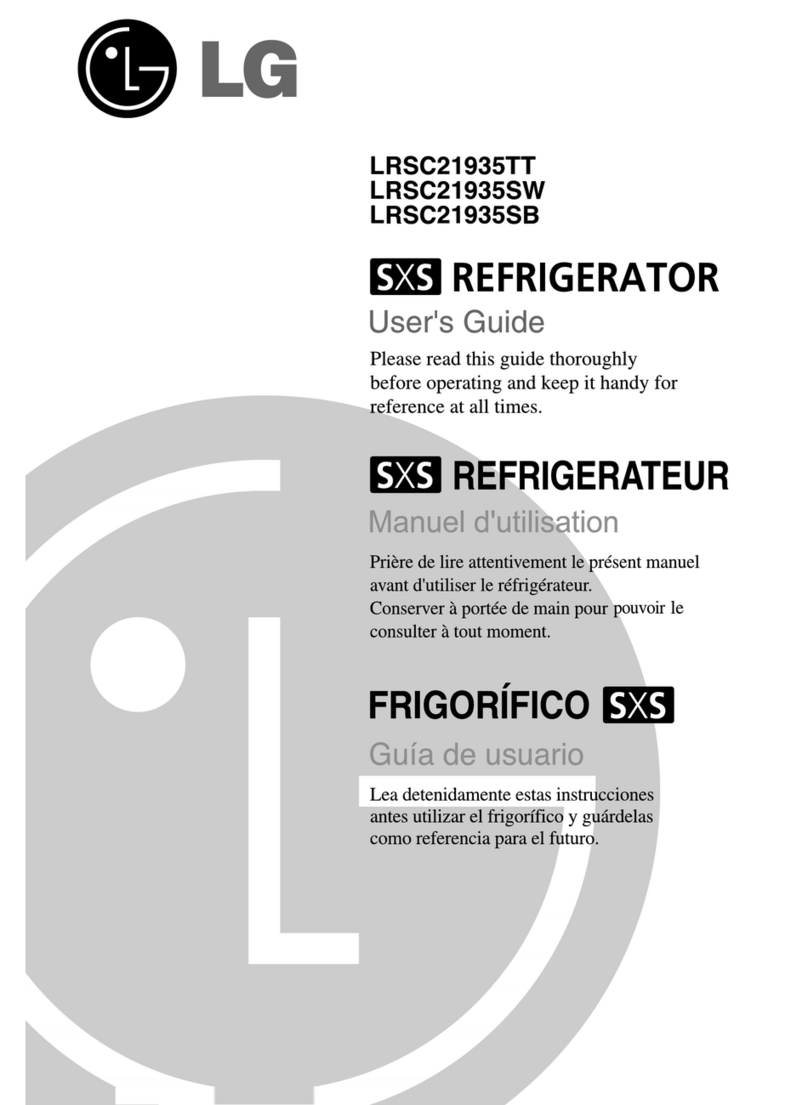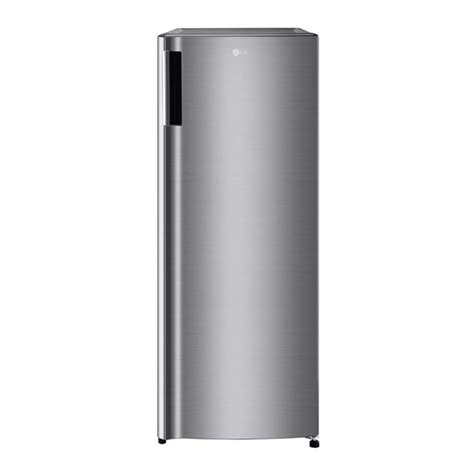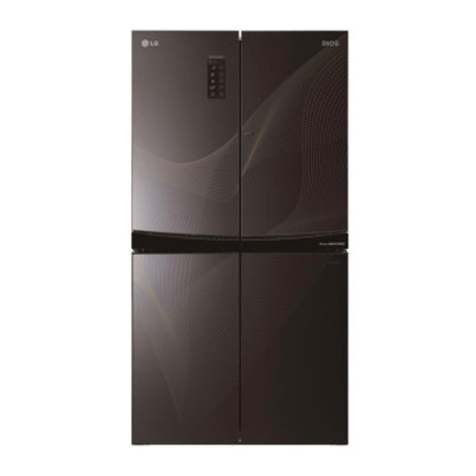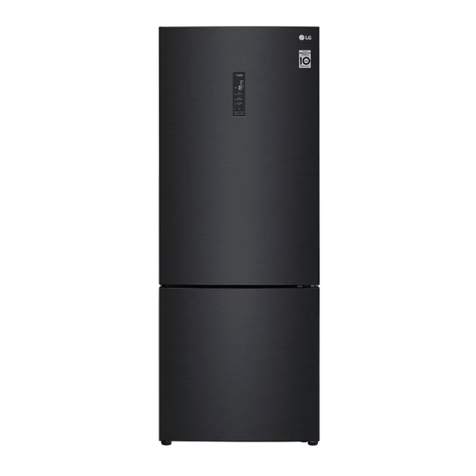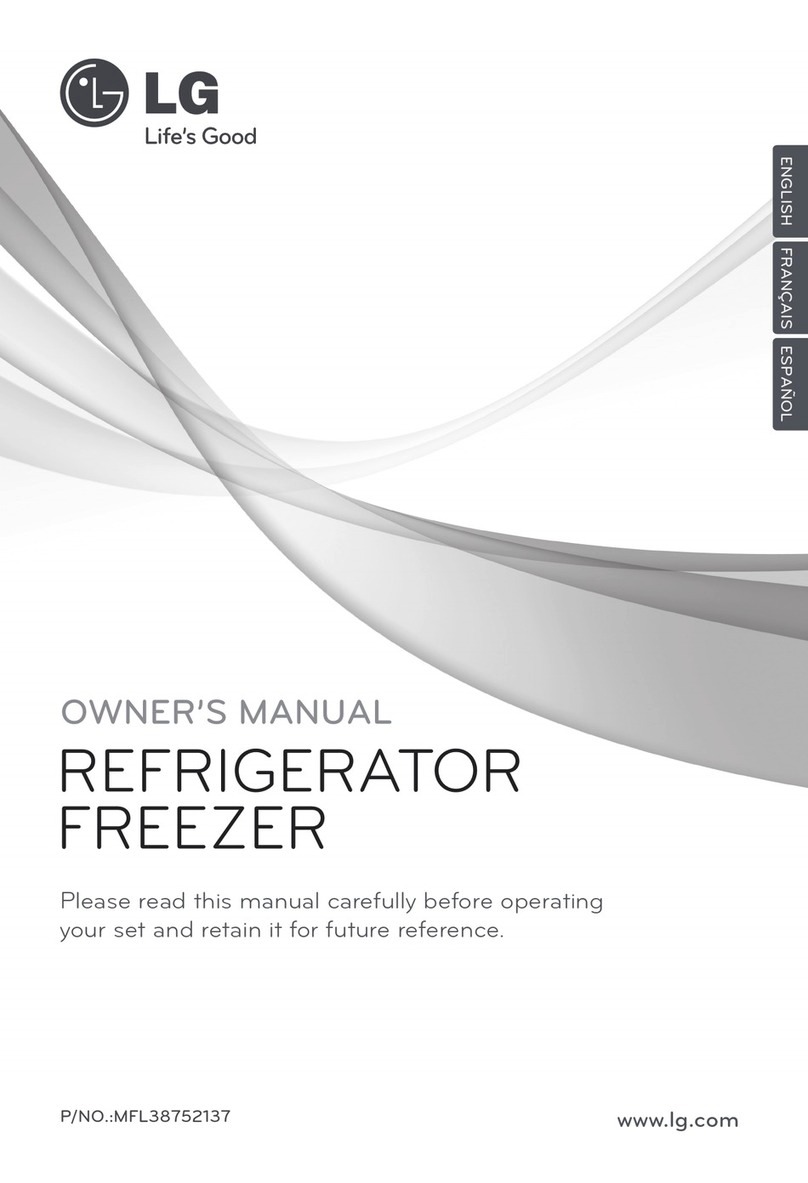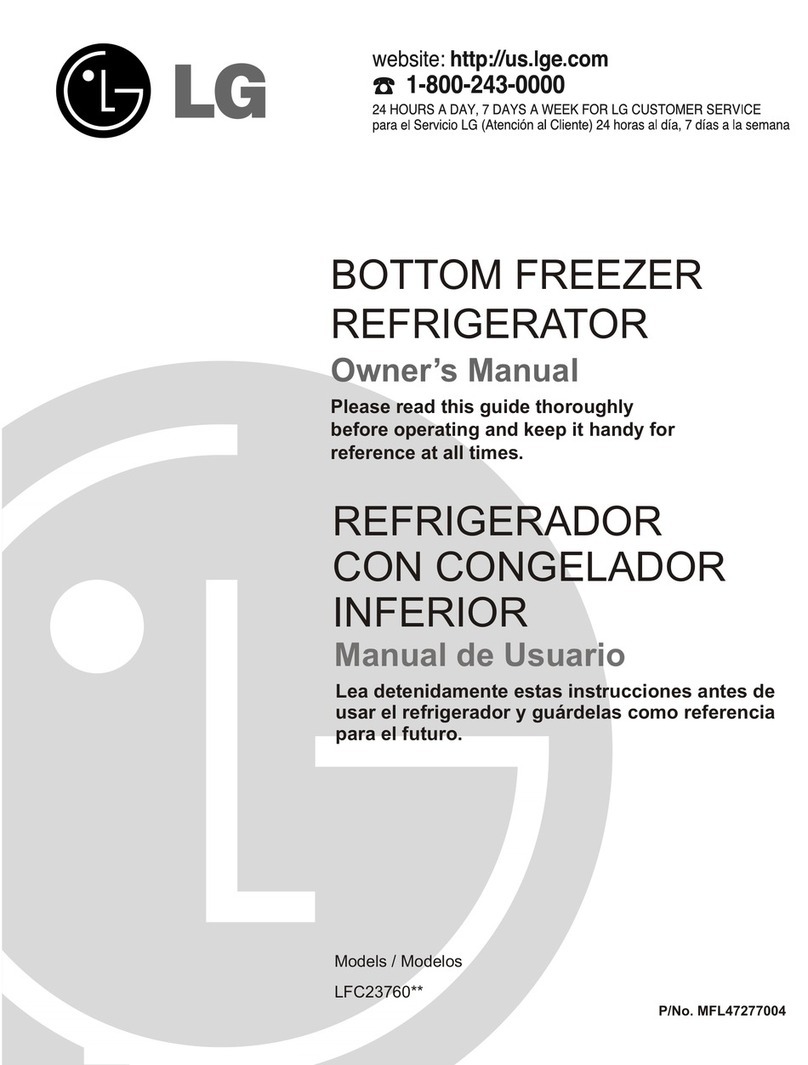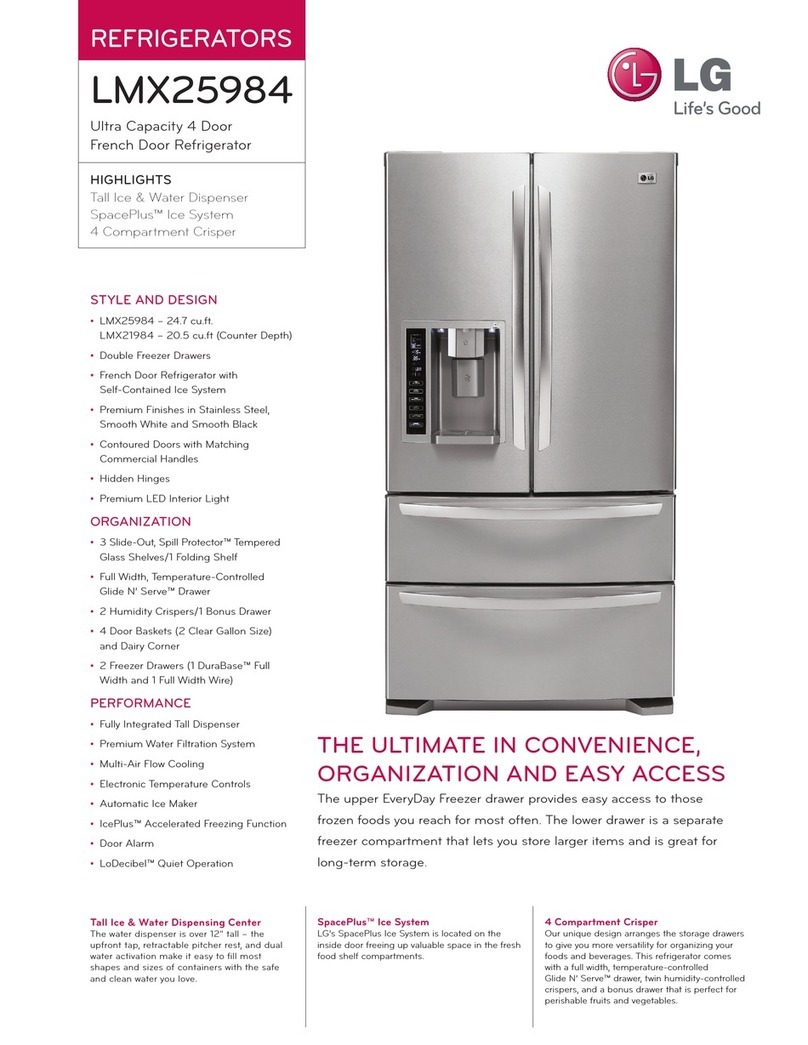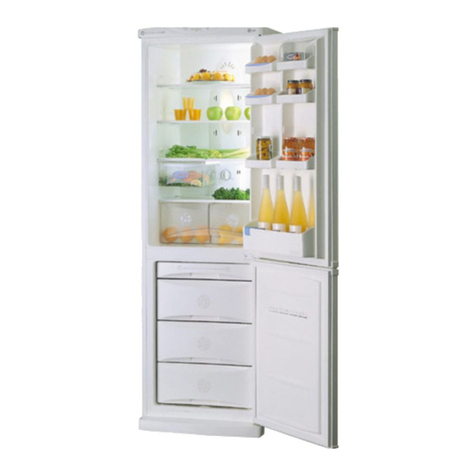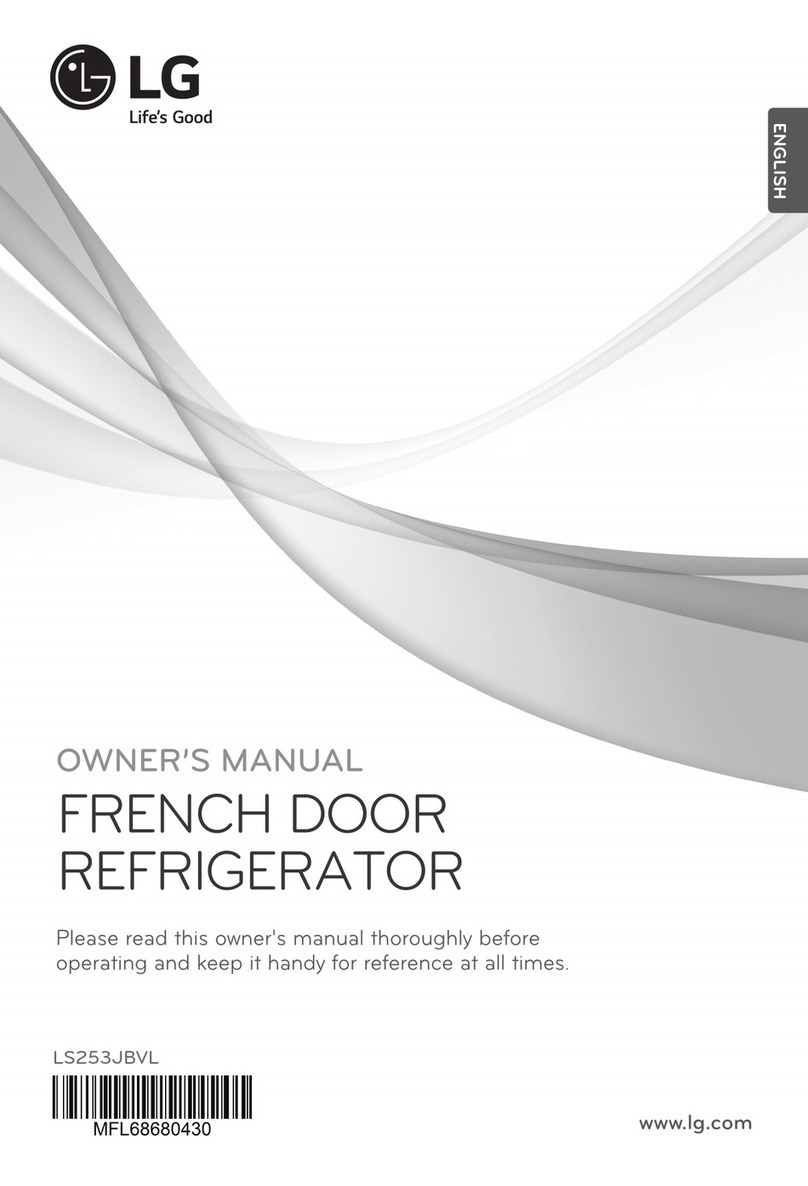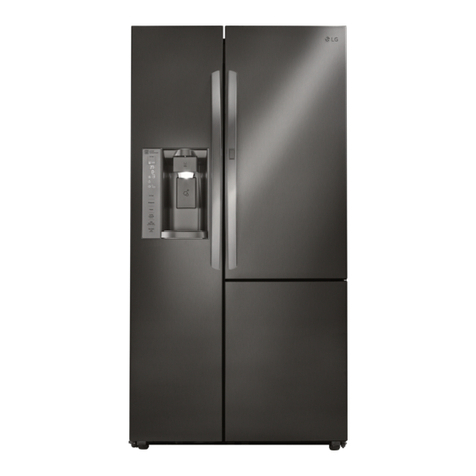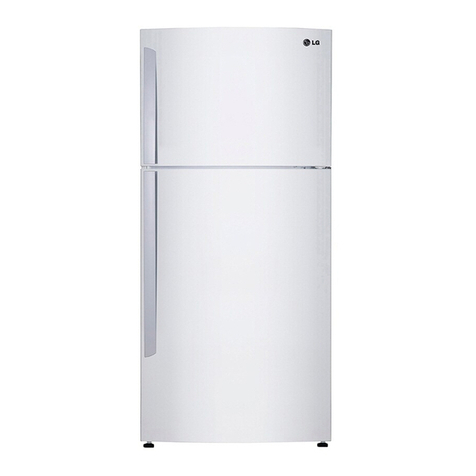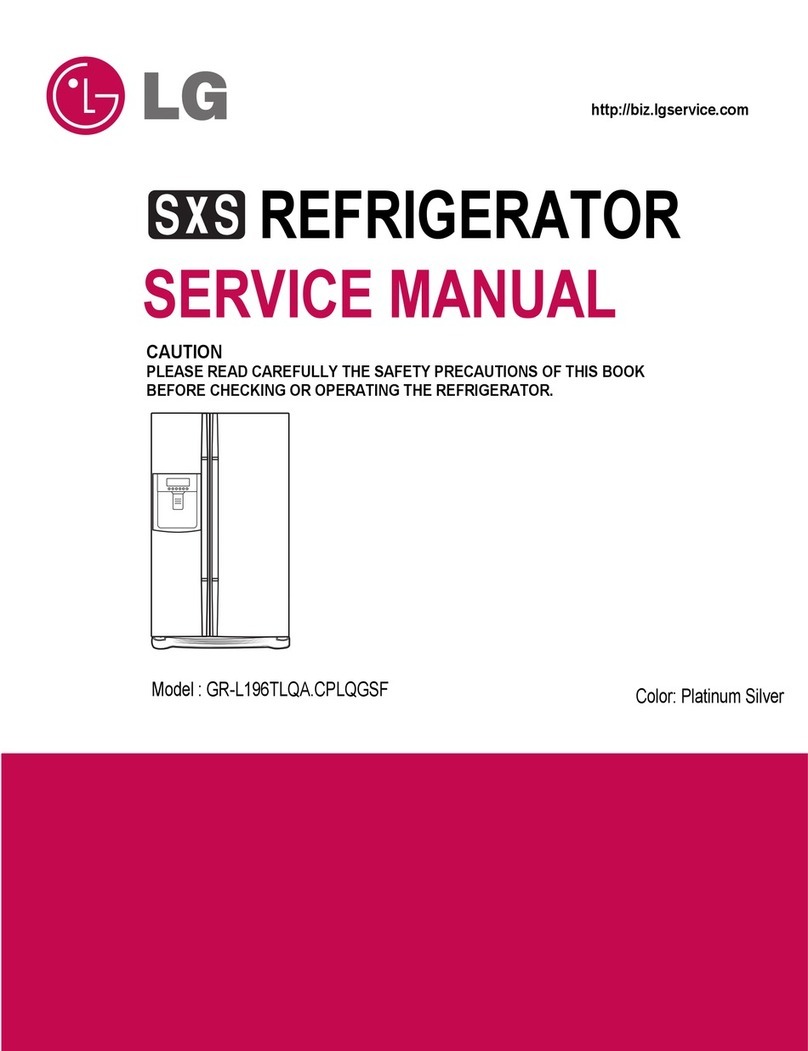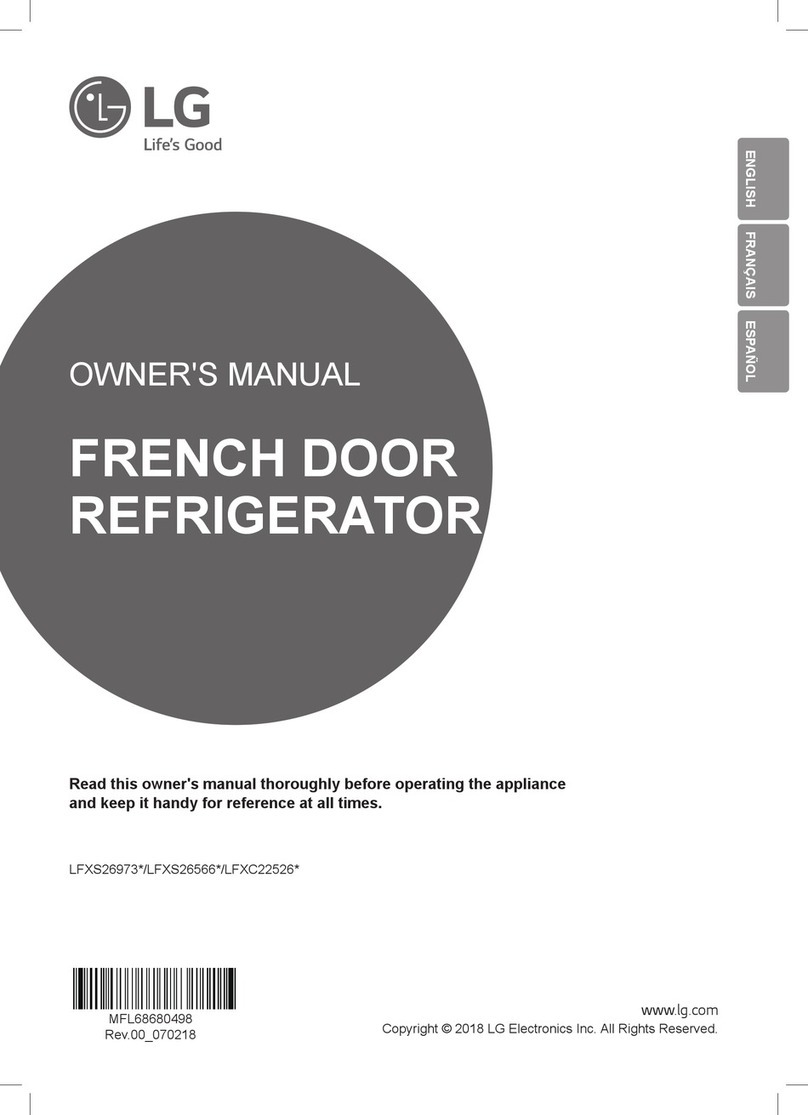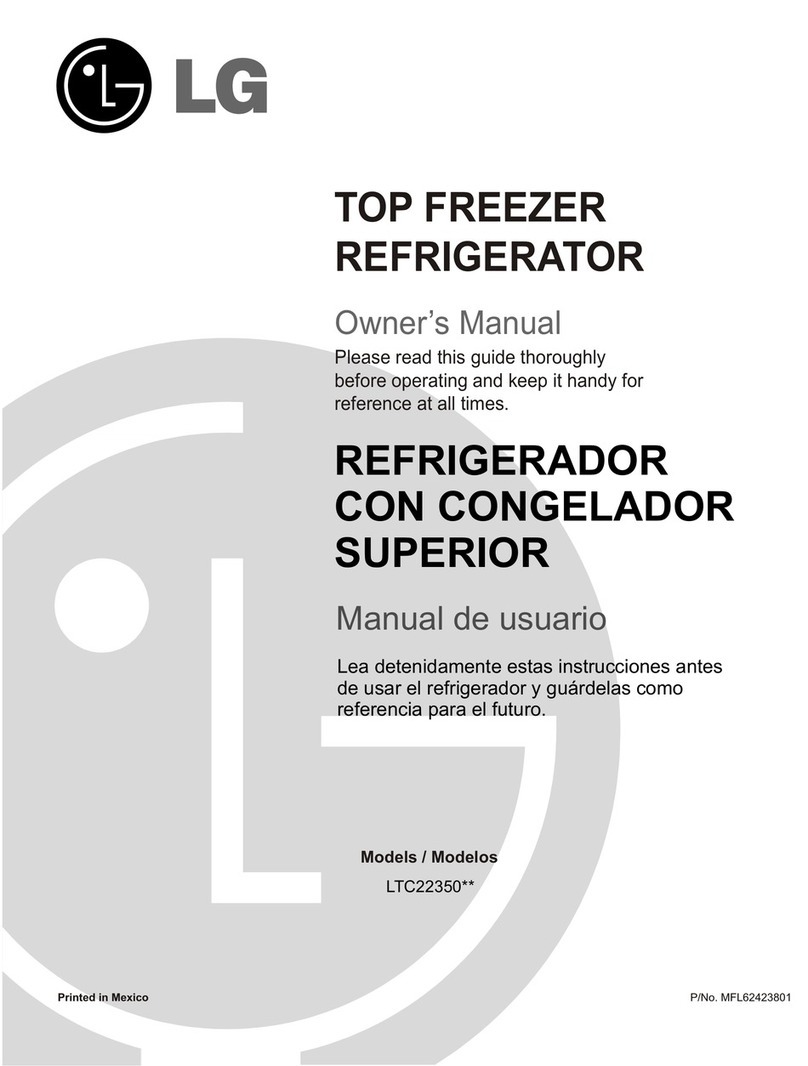
CONTENTS
SAFETY PRECAUTIONS ........................................................................................................
1. SPECIFICATIONS ...............................................................................................................
2. PARTS IDENTIFICATION ....................................................................................................
3. DISASSEMBLY ...................................................................................................................
3-1 Fan and Fan Motor..........................................................................................................
3-2 Defrost Control Assembly.................................................................................................
3-3 Lamp................................................................................................................................
3-4 Control Box Refrigerator..................................................................................................
3-5 Multiduct..........................................................................................................................
3-6 Cover Valve......................................................................................................................
3-7 Door Disassembly............................................................................................................
3-8 How to remove the Door Handle.....................................................................................
3-9 How to remove Pull out drawer........................................................................................
3-10 Closing and aligning the doors......................................................................................
4. ADJUSTMENT ....................................................................................................................
4-1 Compressor ...................................................................................................................
4-2 PTC-Starter ....................................................................................................................
4-3 OLP (overload protector) ...............................................................................................
5. CIRCUIT DIAGRAM ............................................................................................................
6. TROUBLESHOOTING ........................................................................................................
6-1 Compressor and electric components ...........................................................................
6-2 PTC and OLP .................................................................................................................
6-3 Other electrical components ..........................................................................................
6-4 Service diagnosis chart ..................................................................................................
6-5 Refrigeration cycle .........................................................................................................
7. OPERATION PRINCIPLE AND REPAIR METHOD OF ICEMAKER ..................................
7.1 Operation principle .........................................................................................................
7.2 Ice maker functions ........................................................................................................
8. CIRCUIT OF MICOM............................................................................................................
8.1 Function .........................................................................................................................
8.2 PCB function ..................................................................................................................
8.3 Resistance specification of sensor .................................................................................
9. EXPLODED VIEW ................... ............................................................................................
3
4
5
6
6
6
6
7
7
9
10
12
14
16
17
17
17
18
19
20
20
21
22
23
24
26
26
27
30
30
34
38
39
- 2 -

